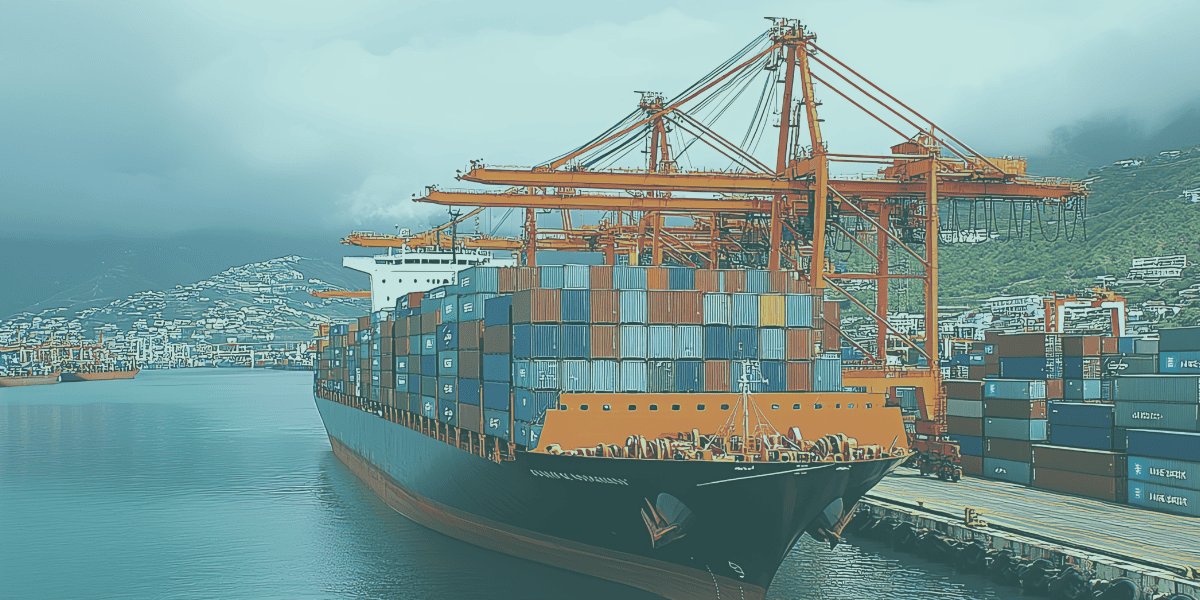
In-Transit Financing – A Smart Cash Flow Solution for Global Trade
Content
Cash flow can become a significant challenge for businesses involved in global trade and logistics due to the delays between shipping goods and receiving payment. With shipments often taking weeks or months to reach their destination, businesses may struggle to cover operational costs while waiting for revenue. In-Transit Financing offers a solution by providing funding against goods en route to their final destination.
This blog explores how In-Transit Financing works, its benefits, and how it compares to other trade finance solutions.
What is In-Transit Financing?
In-Transit Financing is a type of trade finance that provides short-term funding to businesses while their goods are in transit. This allows companies to unlock working capital tied up in shipments, helping them manage cash flow and continue operations without financial strain.
Key Features of In-Transit Financing:
- Funds Based on Shipment Value – Financing is provided against goods in transit, reducing liquidity constraints.
- Bridges Cash Flow Gaps – Allows businesses to operate smoothly while waiting for payment.
- Secured by Goods in Transit – The shipment serves as collateral, reducing lender risk.
- Customizable Terms – Financing can be structured based on trade routes, transit time, and payment terms.
How Does In-Transit Financing Work?
- A business exports goods – The seller ships products to an overseas buyer, which could take weeks to arrive.
- The lender advances funds – The lender provides financing based on shipment details (such as bill of lading).
- Goods reach their destination – The buyer pays for the shipment upon delivery or after an agreed credit period.
- The financing is repaid – Once the buyer makes payment, the borrowed amount is settled with the lender.
Example Use Case: A Textile Exporter
A textile manufacturer ships $500,000 worth of fabric to a European buyer. The transit time is 45 days, meaning the manufacturer must wait over a month to receive payment. Instead of delaying production, the manufacturer secures In-Transit Financing for 80% of the shipment value ($400,000) to pay suppliers and wages. Once the European buyer pays, the manufacturer repays the lender.
Why Choose In-Transit Financing Over Other Options?
- More flexible than Letters of Credit – Does not require buyer-side bank involvement.
- Less intrusive than Factoring – Businesses retain control over customer relationships.
- Ideal for long shipping routes – Particularly useful for intercontinental trade.
Benefits of In-Transit Financing
- Improves Cash Flow
- Prevents working capital from being tied up in shipping delays.
- Supports Business Growth
- Businesses can continue producing and shipping goods without cash flow restrictions.
- Reduces Risk for Sellers
- Ensures businesses have liquidity before the buyer makes payment.
- Increases Competitive Advantage
- Exporters can offer longer credit terms to buyers while securing immediate cash.
Conclusion
In-Transit Financing is a valuable solution for businesses engaged in global trade, helping them overcome cash flow challenges and maintain smooth operations. If your company regularly ships goods with extended transit times, exploring In-Transit Financing could be the key to unlocking financial flexibility and growth.
Contact us to consult our team of financing experts. Discover a vast array of flexible cash flow options and comprehensive financing solutions to improve liquidity and stabilize financial structures.
Key Takeaways
- Businesses engaged in global trade often face interrupted cash flow, which can result in challenges to maintain smooth operations.
- In-Transit Financing offers a solution by providing funding against goods that are en-route to their final destination.
- The shipment itself serves as collateral. Financing can be structured based on trade routes, transit time, and payment terms to align with the company’s needs and capabilities to repay.
ABOUT eCapital
At eCapital, we accelerate business growth by delivering fast, flexible access to capital through cutting-edge technology and deep industry insight.
Across North America and the U.K., we’ve redefined how small and medium-sized businesses access funding—eliminating friction, speeding approvals, and empowering clients with access to the capital they need to move forward. With the capacity to fund facilities from $5 million to $250 million, we support a wide range of business needs at every stage.
With a powerful blend of innovation, scalability, and personalized service, we’re not just a funding provider, we’re a strategic partner built for what’s next.



